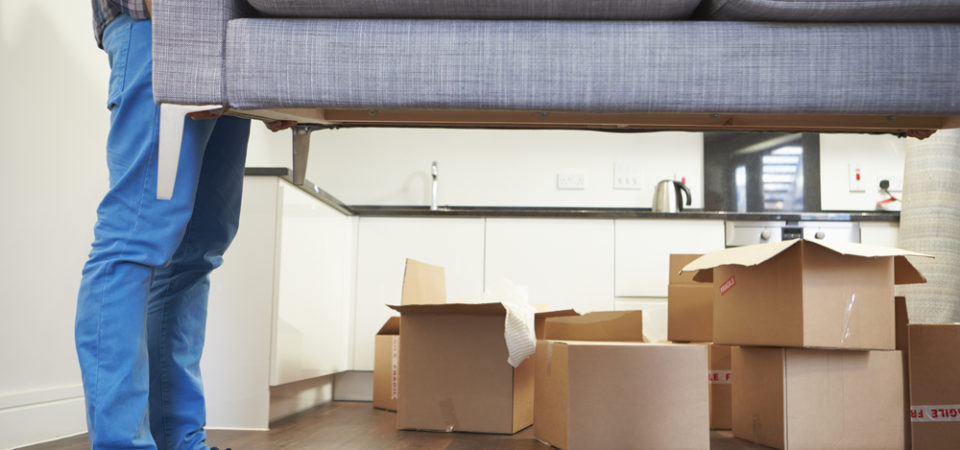Home Massage Therapies for Foot Conditions
Many people suffering from foot pain get expensive orthotics but the treatments do not work as expected. Foot pain, known as plantar Fasciitis, is a complicated condition. The massage treatment is effective because it addresses the root cause of the problem.
Causes of Foot Pain
A host of factors are responsible for foot pain. This article will at first focus on the common causes of foot pains that result from moving homes, and then discuss some effective massage therapies.
One of the most common causes of foot pain is tight muscles. When the Plantar Fascia is tight, it causes problems because it can not stretch easily. With every step, it will cause mini tears and you will feet pain.
Another cause of foot pain is weakening of intrinsic foot muscles. In most cases it can be the result of wearing shoes that do not fit your feet. In the summer, when you switch from shoes to sandals and flip flops, you may have this issue.
Foot injury is another cause of foot pain and it can happen in many ways. Even if you stumble onto your feet somehow, you may have foot injury. If you walk for a really long time, you may have this issue because those minor things can lead to inflammation.
Nerve irritation can also lead to foot pain. Nerve irritation can affect not only intrinsic foot muscle but also surrounding tissue.
Massage Therapy for Foot Pain
There are a few options of treatment for foot pain, but many patients find massage therapy an amazing alternative treatment that is not only effective but also soothing, and it offers benefits without any harmful side effect. Wellness Geeky’s guides to foot bath and spas is a great place to start if you’ve just moved into your home and are looking for a DIY remedy.
When you will visit a therapist, he will at first determine the cause of your foot pain. Then he will develop a treatment plan according to your need. Massage therapy is really a good way to heal your foot pain, but you can try a few simple home exercises daily to have good results.
Calf Stretch
Sit on a plane surface and stretch your affected leg. Wrap your toes with a towel and hold the ends of the towel. Then slowly pull the ends of the towel towards your body. Be in this position for about half a minute and repeat it.
Towel Toe Crunches
For performing this exercise, you just need a towel. At first, place the towel on a plane surface, preferably on the floor. Put your affected foot on the edge of the towel, and then try crunching the towel up with the help of your toes. Spread the towel again and repeat the whole process at least 4 times.
Self Ice Massage
Find a plastic bottle and fill it with water. Keep the bottle in the freezer. Wait until the water is frozen. Then Put the bottle on the floor and place your foot on the bottle. Feel the freezing cold with the arch of your bottle. Rub the arch of your foot with the bottle. This massage will help you manage pain and heal inflammation.
Foot Alphabet
You can do this exercise in the morning before getting out of bed. Move your foot and simulate writing the alphabet as if your toes are the point of a pencil. By doing this you are actually working your ankle joint and it will help stabilize your ankle. There is a reason why you are writing the alphabet. It is better than simply circling the ankle.
General Moving Safety Tips
While this article only covered what to do if you injure your feet whilst moving, there are plenty of other safety concerns that are involved. The below video does a great job of explaining them.
